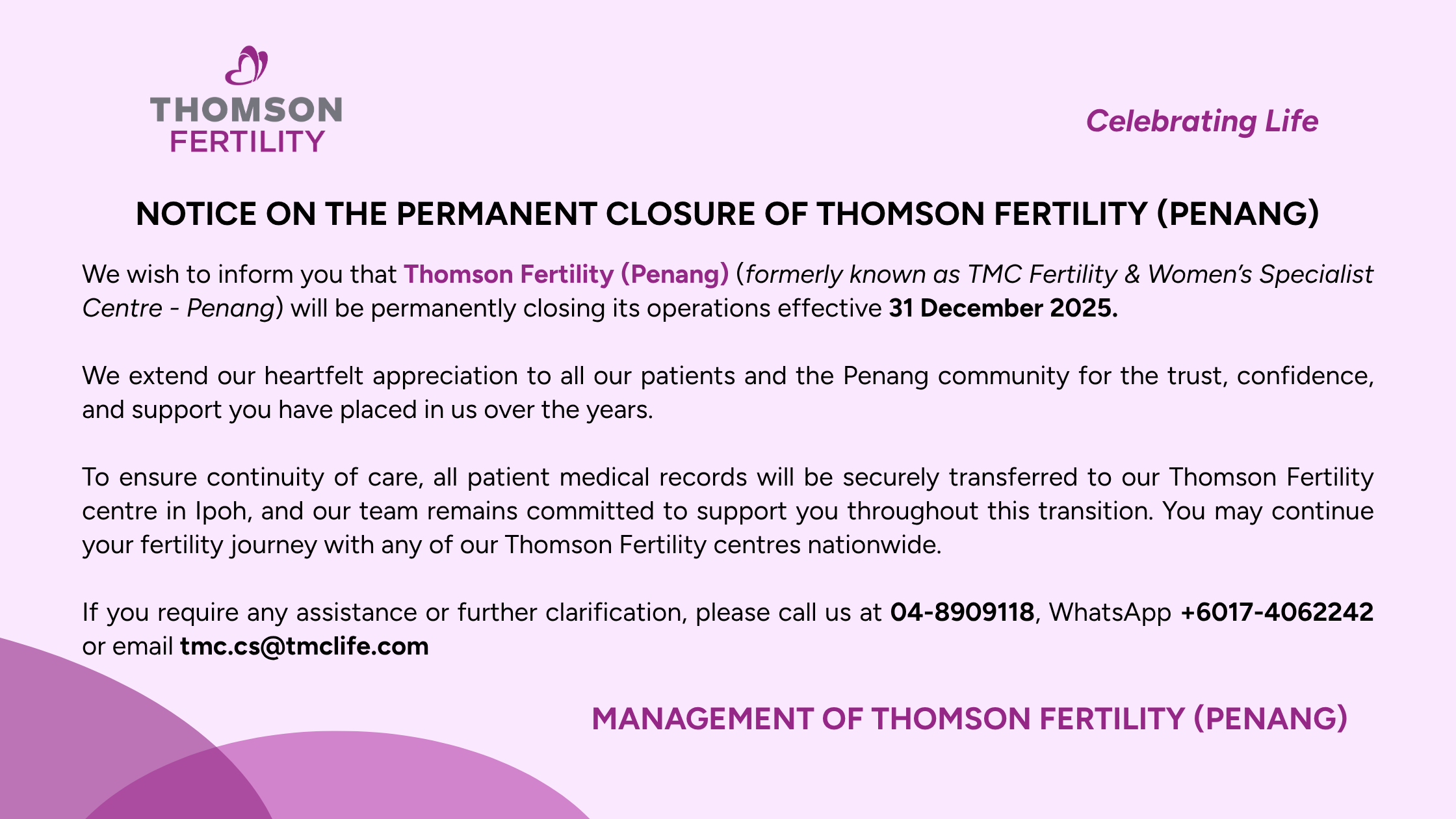
Key Facts
- Around 48 million couples and 186 million individuals suffer from infertility worldwide.
- Men with infertility may have problems with semen ejection, low sperm levels, or irregular sperm shape (morphology) and movement.
- Women with infertility can suffer from abnormalities of the ovaries, uterus, fallopian tubes, and endocrine system.
- There are two types of infertility: primary and secondary. Those with primary infertility have never achieved a pregnancy, and those with secondary infertility have had at least one pregnancy before.
- Many factors influence infertility treatment: cause, length, age, and personal preference.
THIS MEANS
You are not alone. Look around you – among six people, one of you would have trouble conceiving. As such, it only makes sense to seek treatment for it instead of waiting and hoping that the problem will resolve by itself over time. Infertility can and should be treated, just like any other medical condition.
THIS MEANS
The earlier you start your family, the better. After the age of 35, the number of good eggs in your ovaries would be significantly reduced and will continue declining in quality until menopausal age, which is around 50.
THIS MEANS
The number and quality of a man’s sperm is also affected by age. Although there are cases of much older men fathering children with young women half their age, these cases are not the norm and should not be emulated.
THIS MEANS
It is not recommended to delay childbearing because the reproductive system has an ‘expiry date’, unlike any other system in the human body. However, couples who cannot or do not want to start a family immediately can now freeze/bank their eggs or sperm while they are young and healthy for a later date when they are ready.
THIS MEANS
Trying for a subsequent child after successfully conceiving naturally the first time is easier than treating a couple who have never had a child previously.
THIS MEANS
Timing matters! It is important to know about ovulation and get your calendar marked for the best time to try for a baby.
THIS MEANS
A lifestyle change is necessary if you’d like to start a family. Not only is this going to improve your chances of conceiving, it will also benefit your health generally and prepare you for the new challenges of being parents.
THIS MEANS
Infertility is often caused by a combination of both partners. When the doctor conducts a fertility assessment, the results are not to find out who is to blame but to determine the best treatment plan to achieve pregnancy. Having a baby is a joint responsibility. It is important to remember that along your journey to conception, because you will need each other’s physical, emotional, and mental support along the way.

Assisted Reproductive Technology
Assisted reproductive technology (ART) involves handling the egg and sperm. There are several types of ART, with In vitro fertilization (IVF) being the most common.
In vitro fertilization (IVF) involves stimulating and retrieving multiple mature eggs in a lab, fertilising them with sperm and implantation in utero.
IVF cycles may apply other methods like:
Intracytoplasmic Sperm Injection (ICSI)
ICSI involves injecting a single healthy sperm directly into a mature egg. This is commonly used when semen quality or quantity is poor or if fertilisation attempts during IVF cycles have failed.
Assisted Hatching
This technique helps the embryo implant into the uterus’s lining by opening its outer covering (hatching).
Donor Eggs or Sperm
In most cases, ART is done with the couple’s own eggs and sperm. If the eggs or sperm are severely damaged, you may choose to use those from an anonymous or known donor.




